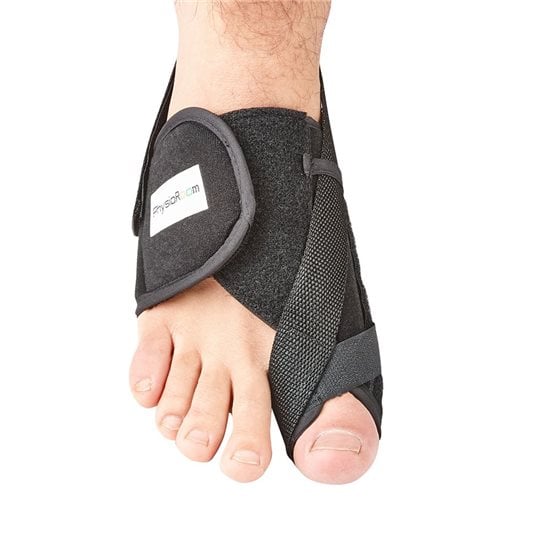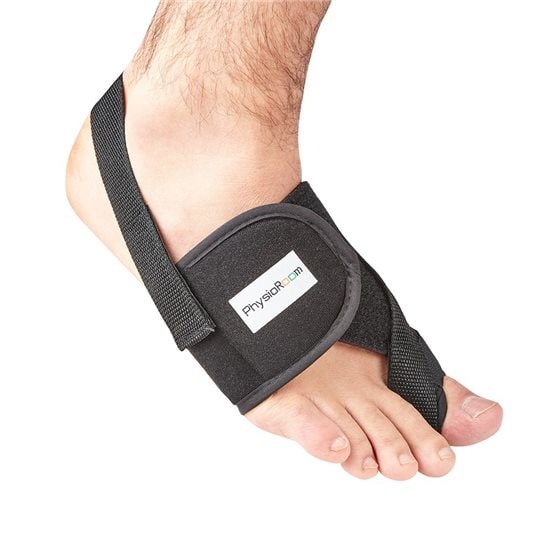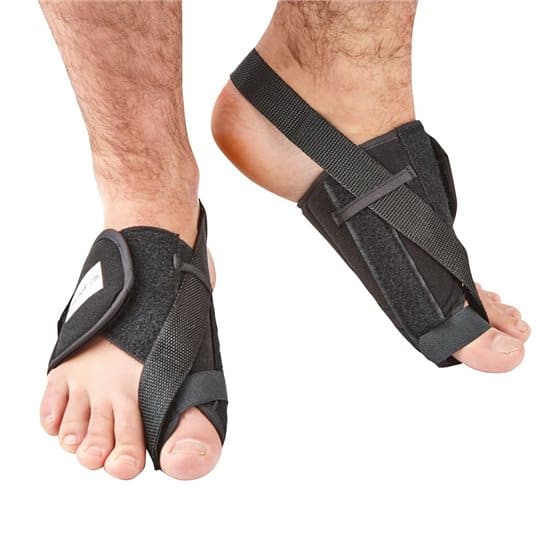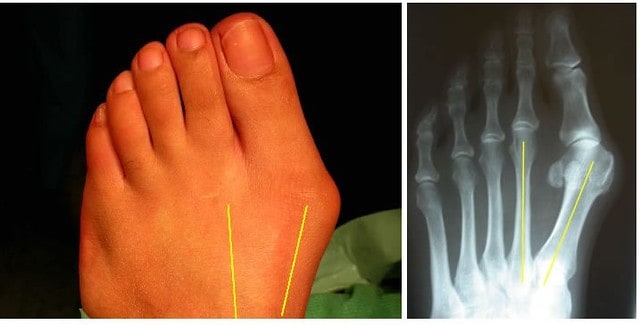Bunions, those pesky bony protrusions at the base of your big toe, can be a big source of discomfort and pain. They often result from years of pressure and ill-fitting shoes. But the good news is that you don’t have to endure the trouble silently. Enter the bunion corrector – a small but mighty, promoting relief and proper alignment.
Here, we’ll offer insights on understanding bunions and selecting the right corrector. Moreover, this guide will provide step-by-step instructions on how to use it effectively. Say goodbye to bunion woes and hello to happier, healthier feet!
Understanding Bunions
A bunion, medically known as hallux valgus, is a bony bump that forms at the joint located at the base of the big toe. This condition typically develops gradually. For one, the metatarsophalangeal (MTP) joint becomes misaligned. In return, this causes the big toe to drift toward the other toes. The formation of a bunion is often attributed to several factors, including:
- genetics
- footwear choices
- biomechanical issues.
Common symptoms of bunions include pain and tenderness around the MTP joint. What’s more:
- redness and inflammation
- restricted movement of the big toe
- the development of corns or calluses
As bunions progress, they can lead to difficulty in finding comfortable shoes. It may even affect your overall posture and gait.
Early intervention is paramount when dealing with bunions. Seeking professional advice and using toe protection in the initial stages helps. This approach can alleviate pain, slow down progression, and improve overall foot health. Don’t wait – take proactive steps towards bunion relief today!
Bunion Correctors Explained

A toe bunion corrector is a specialised orthopaedic device. It is designed to address the discomfort and deformity associated with bunions. Its primary purpose is to realign the misaligned big toe joint gently, a.k.a. the metatarsophalangeal joint, and provide support to the affected area.
These correctors come in various forms, including toe spacers, splints, sleeves, and pads. Each is tailored to meet specific needs and preferences. Toe spacers, such as this bunion gel toe corrector, and sleeves are discreet and fit inside your shoes. Meanwhile, splints are typically worn overnight to maintain proper alignment. Pads (e.g., gel heel pads), in contrast, offer cushioning and protection.
Understanding these types allows you to choose the one best suited to your condition. This, overall, makes it an essential step in finding relief from bunion-related discomfort.
Choosing the Right Bunion Corrector

Not all bunions are created equal. The severity and specific characteristics of each case can vary significantly. So, selecting a bunion support tailored to your unique needs is of utmost importance.
Different types of bunions may require different correctors. For instance, milder cases might benefit from toe spacers or sleeves. These options provide gentle realignment and cushioning. Whereas more severe bunions may require the added support of a splint worn during sleep.
How can you ensure that your chosen corrector addresses your specific bunion issues? Understand the nuances of your condition and seek professional advice if necessary. This will lead to greater comfort and overall foot health.
How to Use

Using a toe protector for bunion conditions may seem simple. However, proper application is key to reaping its benefits while ensuring comfort. Here’s a step-by-step guide:
Step 1: Clean and dry your feet
Begin with clean, dry feet to prevent any irritation or infection.
Step 2: Choose the correct corrector
Select the appropriate foot bunion corrector based on your condition and preference.
Step 3: Apply the corrector
Follow the specific instructions for your chosen corrector type. Typically, you’ll slide your foot into the device, ensuring the bunion is properly aligned.
Step 4: Ensure proper fit
Check that the corrector fits snugly but not too tight. Excessive pressure can lead to discomfort or skin irritation.
Step 5: Wear as directed
Adhere to the recommended wearing schedule. Some correctors are designed for daytime use. Meanwhile, others are meant for overnight wear.
Step 6: Gradual adjustment
Be prepared for some initial discomfort or pressure as your foot adapts to the corrector. If discomfort persists, consult a healthcare professional.
By following these steps, you can use your bunion fixer effectively. Your patience is also important, especially during the initial adjustment period.
Maintenance and Care

To ensure your bunion corrector lasts, regularly clean it according to manufacturer guidelines. Use a mild soap and water, and air-dry it thoroughly. Avoid exposing it to extreme temperatures or excessive force. Always follow the manufacturer’s care instructions to maximise its lifespan and performance.
Precautions and tips
- Avoid over-tightening the corrector, which can cause discomfort.
- If you experience persistent pain, skin irritation, or any unusual reactions, discontinue use.
- Consult a healthcare professional for severe bunions. The same goes if corrector use doesn’t yield desired results. They can offer tailored guidance and treatment options. Your foot health matters, so seek expert help when needed.
Round-up
Bunion relief begins with understanding, choosing, and using the right bunion corrector. Remember, early intervention is key to preventing further discomfort and deformity. Whatever type you opt for, follow the provided guidelines diligently.
Embrace the potential initial discomfort as a sign of progress. But if problems persist, don’t hesitate to consult a healthcare professional. Your feet deserve the best care, so step forward with confidence on your path to healthier toes!
Explore Physioroom’s extensive selection of big toe protectors. We feature our dependable bunion straps, comforting heel cushion socks, and more!
Discover your next read here: Using Braces and Taping Techniques for Injury Prevention


 (
(